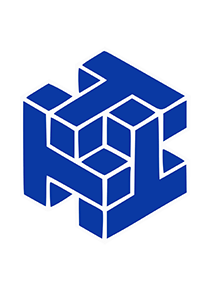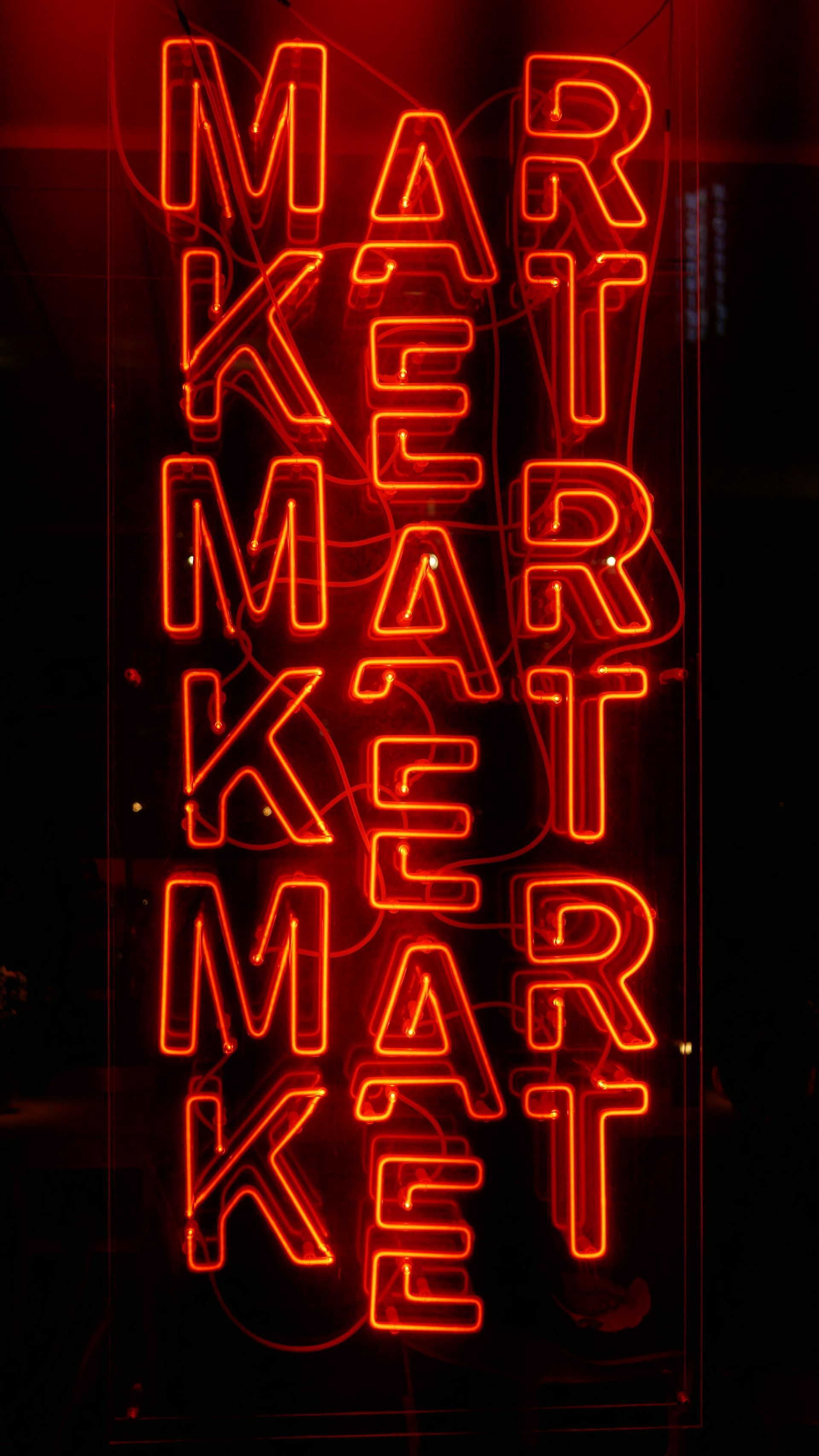Branding Is Small Business (Pt. 2)
Its a No Go Without a Charismatic Logo.
In Part 1, "Branding is Small Business", we looked at why branding is important to new businesses and how you can determine your brand values and brand personality. Now we're going to look at how to develop a logo and strapline that fits your brand and business. A logo doesn't have to cost a fortune and once you have designed it, you need to use it consistently on your website, on brochures, catalogues, business cards, t-shirts, posters, banners, social media pages. Your logo can be used more or less anywhere and it should be!
If you are confident in your abilities, you can do it yourself. There are two things to be aware of if you decide to create your own logo:
- First, you need a second opinion and, if possible, 50 more after that. It is hard to be objective about a logo you created and canvassing honest opinions will reveal aspects about the logo that are easily missed.
- Second, you need it to be of professional quality. This means that a few clip art pictures and Microsoft Paint won't cut it. Your products and services are of a professional standard and your logo should be too.
I strongly advise you to get a professional graphic designer to design your logo, as it will save you time in the long run, and time in business is money. The best graphic designers will be able to visualize concepts and bring those concepts to life to fit your logo, which will give your business a professional touch. A graphic designer will also be able to design the logo in various shapes. Some social media accounts require rectangular shaped logos, while others require squares. Graphic designers can reshape a logo without losing the feel.
Logo Resources
As I mentioned, there are a number of websites where you can hire a freelance graphic designer to produce a professional quality logo for your business. When you give the designer a brief, make sure you incorporate your brand values and personality.
Here are a few good ones:
- Peopleperhour.com features 'hourlies' where good graphic designers can be found.
- Fiverr.com is a vast collection of people offering services of one kind or another that start at $5. The services range is vast and imaginative.
- Upwork connects businesses of all sizes to freelancers, independent professionals, and agencies for all their hiring needs.
Strapline (Or Tagline)
A strapline is another way of introducing branding. The idea of a strapline is that it implants itself in a person's mind, so that when they hear the words they think of your brand. Ideally, it should be connected with what you do and should be shaped using your brand values and personality. The words 'Just Do It' are synonymous with Nike and are connected with exercise. For a sporting clothing business it makes perfect sense. 'Every Little Helps' is probably making you think of Tesco. The strapline for this website is 'Empowering Profitable Work From Home', which is in effect the aim of the site and the business.
Looking at these three examples, you can see straplines are short statements that say something about their respective businesses. Your strapline should do the same. Like the logo, play around with a few straplines and canvas opinions. In the end, choosing a strapline will probably come down to a feeling. If we look at our examples above, Nike and Tesco have taken an indirect route to branding, as they do not directly mention the products they sell. Our site has laid it down in a simple fashion. All three examples get the point across.
How The Brand Supports Your Business
The branding element works in the background. It makes your business recognizable and unique, and hopefully as your business grows, so will the strength of the brand. There is no point expecting brand loyalty(i.e. people coming to use your products and services because they love your brand) until you have successes under your belt.
Take Apple, for example. There are people who seem addicted to their products. This did not happen overnight, however, and it was only when it launched the iPod that the company became a global brand.
With this in mind, it is important you simply deliver a good service and product, and let the branding element play out by itself. At the end of the day the quality of what you can deliver is how you will be judged regardless of how wonderful your logo looks.
One of the strengths of branding is that it promotes trust in your business, but this only works if it is underpinned by how well your business performs.
Promoting Your Brand
To promote the brand, and to associate your business with your brand, it is important that the logo and strapline are visible at every point where a potential customer or client can interact with your business.
To that end:
- Ensure the logo and strapline are on any documentation that goes to potential and existing customers and clients.
- Ensure your business website and social media accounts also have your logo and strapline. You may want to read our article on Promoting Your Start-up Business by Using Social Media for guidance.
One of the beautiful things about branding is that it supports all of your online and offline marketing efforts, and for the most part people do not realize it.
Standing Out From The Crowd
The chances are there are competitors in your industry and as a competitor in your market, your logo and strapline will help to brand to stand out in the minds of potential customers and clients. This is why branding was invented, to appeal to clients and customers, and to help them trust your brand. If a potential customer can remember you, there is s higher chance they will contact you.
Branding and Trust
Trust is one of the key points of branding, and by providing your services and products of high quality, your customer and client base will connect the dots knowing that your brand is one that can be relied on. If we take Apple as an example, it has a reputation for appealing "pretty" technology that does an excellent job. When Apple releases a new product, people are already thinking the product will be pretty and it will do an excellent job.
Though your business may be worlds away from Apple, the idea that you are dependable, reliable and do a good job are what you want your customers and clients to take away after you have delivered a service or provided a product for them. It is worth noting, however, that should Apple release a few products that customers encounter problems with, the brand could easily pick up negative connotations that would greatly damage the company's profit margins.
Final Thoughts
Branding is important at all levels of business, but it should not take priority over doing a good, professional job. This will make or break your start-up, so once the basics are in place, concentrate on doing the job well , and then concentrate on branding secondarily. If you are thinking about starting your own business, you will find excellent resources on our site. Please look around and share articles on your social media accounts. Subscribe to our newsletter so you are always up to date with fresh ideas, concepts, and best practices for running a business.
You might also like



